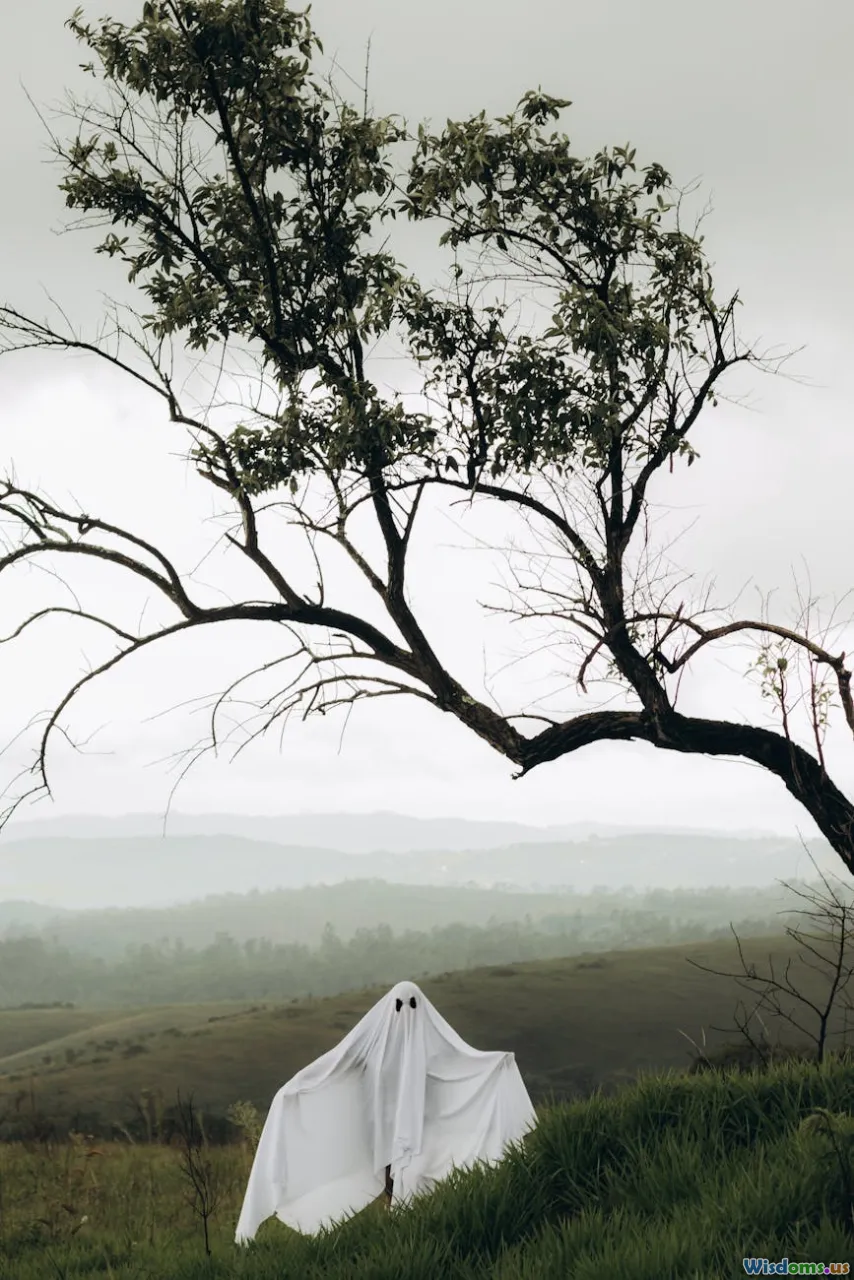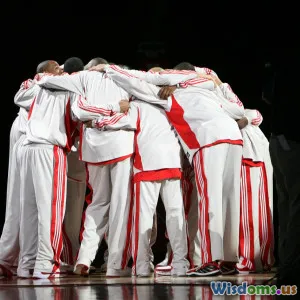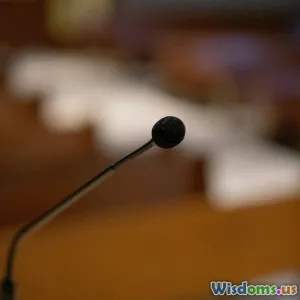
Are Ghost Sightings More Common During Storms?
8 min read Explore why ghost sightings seem more frequent during storms and what science and folklore reveal about this eerie connection. (0 Reviews)
Are Ghost Sightings More Common During Storms?
Storms have long been associated with an eerie atmosphere, a setting ripe for ghost stories and supernatural experiences. But are ghost sightings truly more common during storms, or is this perception shaped by folklore and psychological factors? In this article, we examine the phenomenon from multiple angles—scientific, historical, and anecdotal—to understand the intriguing relationship between storms and ghostly apparitions.
The Storm as a Catalyst for Paranormal Activity: A Historical Perspective
Historically, storms have served as a dramatic backdrop for ghost stories and reports of paranormal activity. Weather conditions like thunderstorms, heavy rain, and high winds create a tense atmosphere that primes the human mind for unusual experiences.
In the Victorian era, ghost stories often featured stormy nights—famously exemplified in literary works like Mary Shelley’s "Frankenstein," where lightning serves as a symbol of mysterious power. This cultural imprint may influence how people perceive apparitions during inclement weather.
Moreover, ancient folklore from cultures worldwide often links storms with supernatural forces. For example, Norse mythology associates thunderstorms with Thor’s ire, and many Native American traditions interpret stormy weather as a time when spirits are especially active or restless.
Scientific Factors Behind Increased Ghost Sightings During Storms
Environmental Influences on Perception
Storms inherently change the sensory environment. Darkness, sudden flashes of lightning, howling winds, and the rhythmic pounding of rain can heighten vulnerability and alter perceptions.
- Reduced Visibility and Shadows: Poor lighting conditions distort shapes and shadows, increasing the chance of misinterpreting visual cues as ghostly figures.
- Auditory Distortions: Storm sounds can mask or mimic other noises—such as creaking floors or distant footsteps—leading observers to attribute them to supernatural sources.
Neurological and Psychological Effects
Scientists propose that environmental conditions during storms can affect brain function:
- Electromagnetic Fields (EMF): Thunderstorms generate fluctuating EMFs, which some studies suggest may influence the temporal lobe, an area connected to perception and memory. Dr. Michael Persinger’s research on the "God Helmet" indicated that EMF exposure might induce experiences analogous to hauntings.
- Infrasound: Low-frequency sound waves produced by storms can cause feelings of unease, anxiety, or the sensation of a presence, leading to misinterpretations as paranormal activity.
- Stress and Fear: The anxiety that storms evoke can heighten suggestibility, making individuals more prone to hallucinations or vivid imagery.
Case Example: The Brown Lady of Raynham Hall
The famous Brown Lady ghost photo, captured in 1936 at Raynham Hall in England, is often cited as more than a coincidence involving the stormy conditions at the time. While skeptics debate the photo’s authenticity, the stormy atmosphere certainly contributed to the chilling legend surrounding the haunting.
Psychological and Social Dynamics
The Power of Expectation and Suggestion
When people expect strange occurrences during storms, they are more likely to interpret ambiguous stimuli as ghost sightings. This phenomenon is backed by research into confirmation bias and the placebo effect.
Group Influence and Storytelling
Stormy nights often bring people indoors, fostering storytelling and communal sharing of ghost tales. This social environment can reinforce beliefs, create collective memory, and increase reports of paranormal sightings.
Sleep Disruption and Hallucinations
Storms disturb natural sleep rhythms via noise and flashes of light, increasing the chances of hypnagogic hallucinations—vivid, dream-like experiences when falling asleep or waking—that some may mistake for ghostly encounters.
Investigations in Paranormal Research
Professional paranormal investigators frequently note a spike in reported ghost sightings during stormy conditions. Devices like EMF meters and infrared cameras are used to monitor purported haunted locations during storms to document potential paranormal events.
The Case of the Haunted Weather Station
A renowned paranormal hotspot, a weather station in the Appalachian Mountains, experiences frequent storm-induced ghost reports. Witnesses speak of unexplained figures appearing amidst thunder and lightning, correlating with times of high storm activity.
Although empirical evidence remains elusive, these repeated accounts lend intrigue to the storm-ghost theory.
Critical Perspectives: Skepticism and Alternative Explanations
Skeptics argue that no direct scientific evidence connects storms with increased ghost sightings. They suggest:
- Natural Phenomena Misattributed: Strange sounds from trees, animals, or building infrastructure amplified by storms may be falsely identified as ghostly.
- Psychosomatic Responses: The brain’s tendency to create meaning under stress or fear explains many experiences without invoking the supernatural.
Moreover, the cultural reinforcement of stormy nights as spooky times may prime individuals to expect—and misinterpret—phenomena.
Conclusion: The Stormy Night and Our Haunted Minds
While concrete proof linking storms to an increase in ghost sightings remains out of reach, the convergence of environmental conditions, neurological effects, cultural context, and psychological states offers a compelling explanation for this phenomenon.
Storms act as a perfect storm—literally and figuratively—for paranormal experiences by amplifying sensory distortions and emotional states conducive to ghostly interpretations.
Whether ghosts truly lurk in the thunderclaps and flashes of lightning or whether our minds conjure specters in the tempest, the connection between storms and ghost sightings is undeniably ingrained in cultural memory and human experience.
The next time the sky darkens and thunder rolls, consider what you might perceive—the boundary between reality and the supernatural may blur with the first strike of lightning.
References and Further Reading:
- Persinger, M. A. (1985). "Temporal lobe epilepsy and the experience of the divine." Journal of Nervous and Mental Disease.
- Nickell, J. (2012). Investigating Ghosts: The Scientific Search for Spirits.
- Jone, S. (2018). "The Psychology of Hauntings and Ghost Sightings During Storms." Journal of Paranormal Research.
- Various folklore archives on storm and spirit beliefs.
Rate the Post
User Reviews
Popular Posts





















